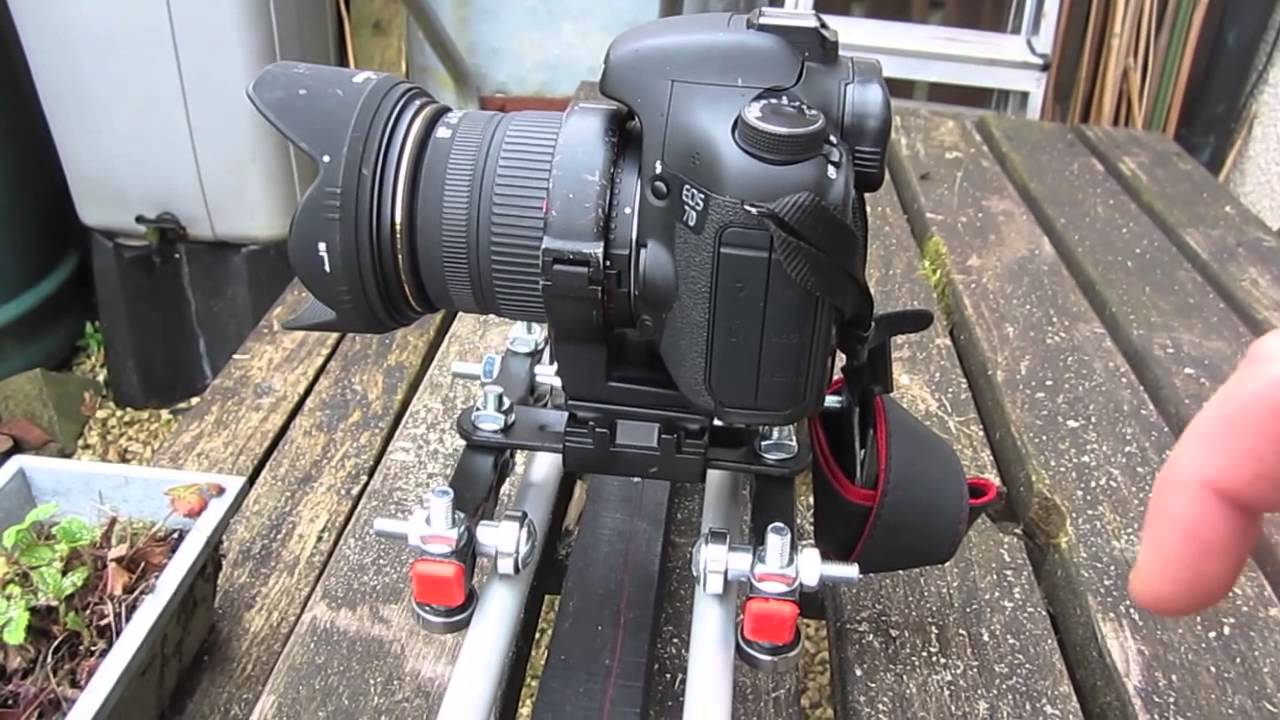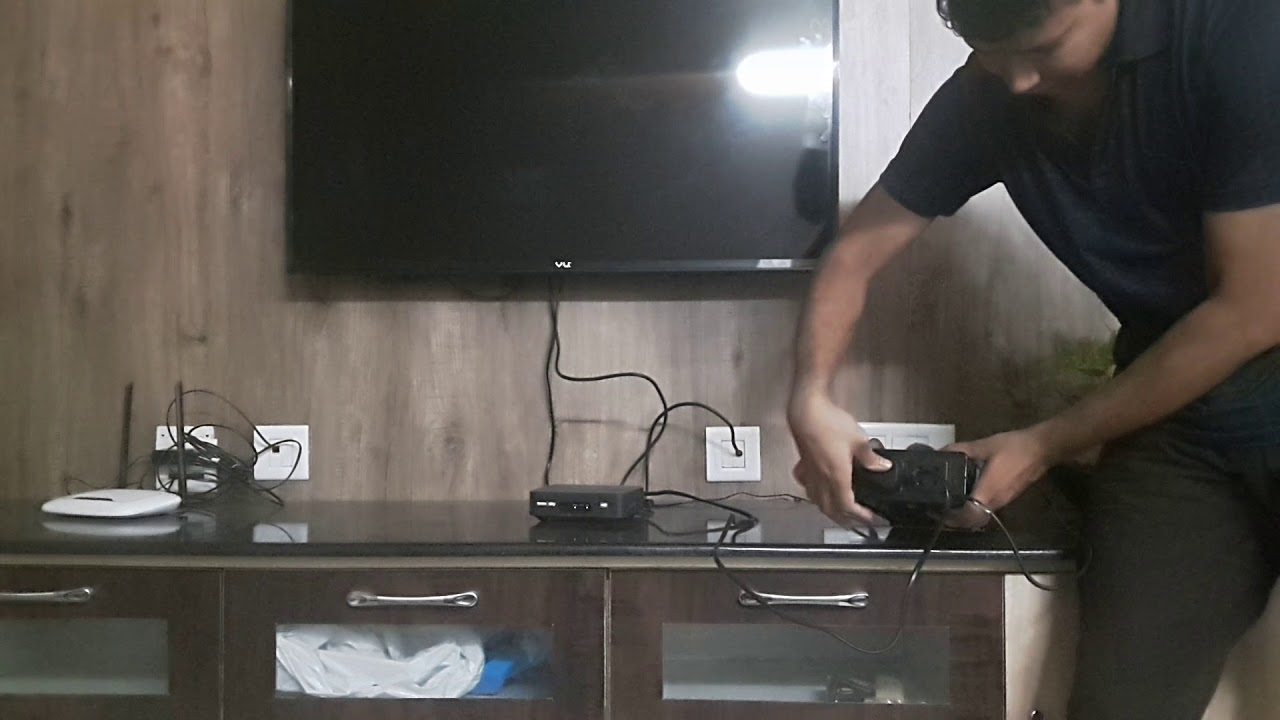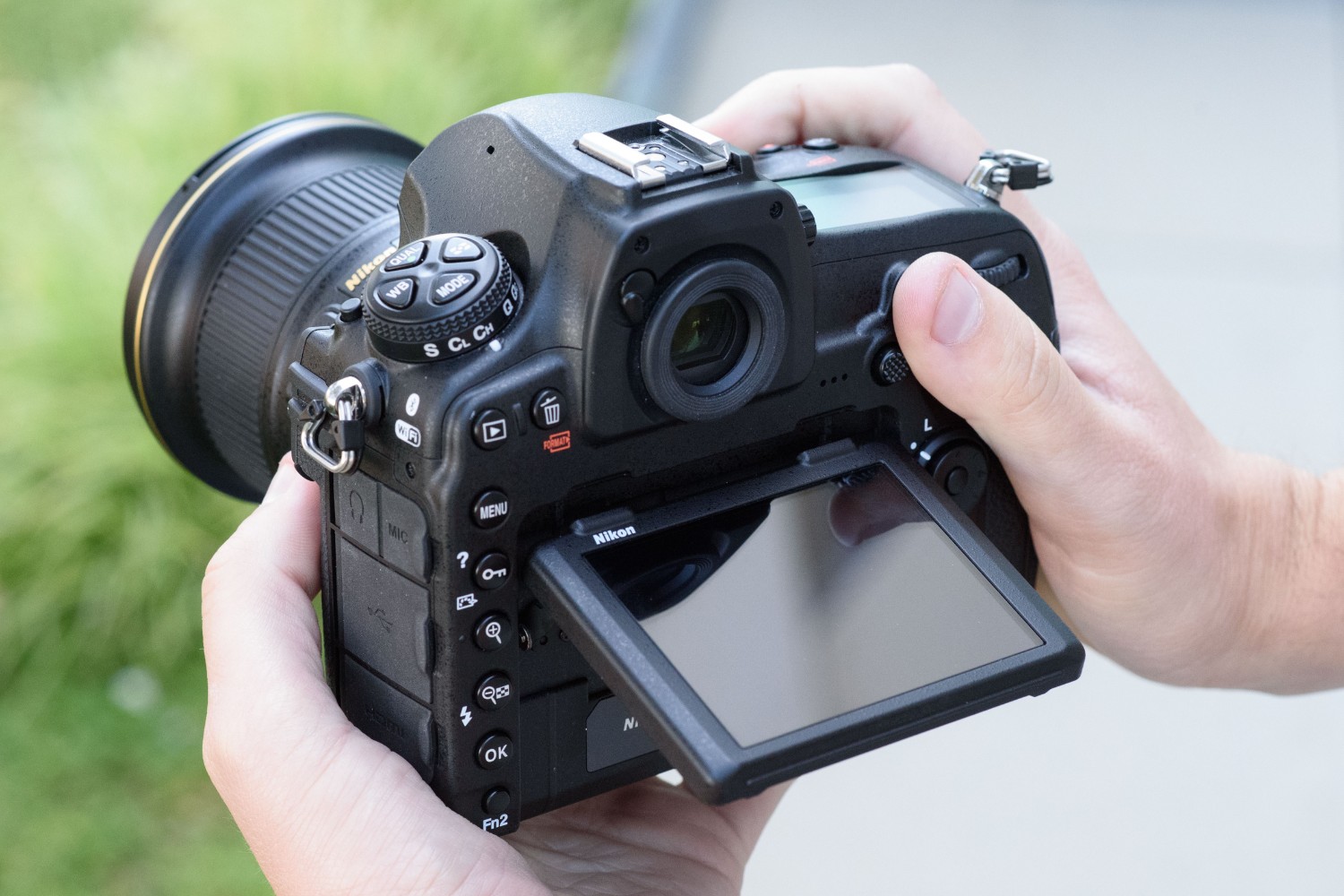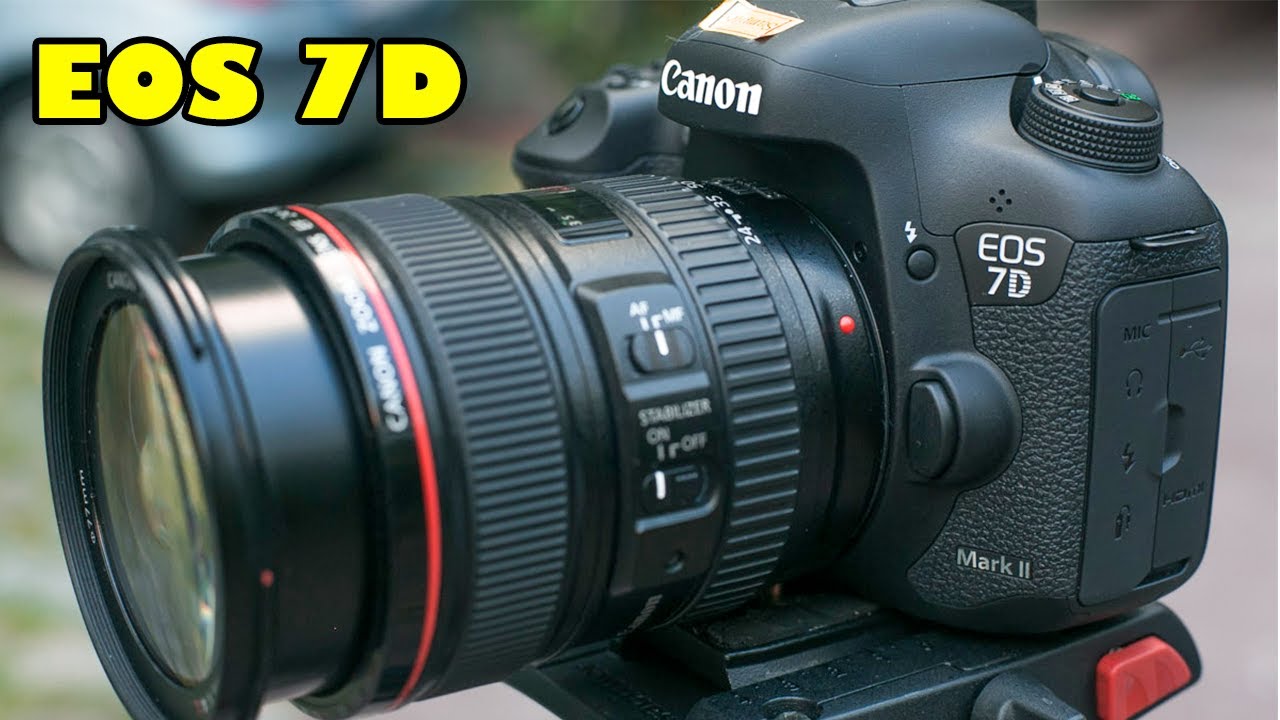Introduction
Understanding Horizontal Lines in Video
Horizontal lines in video captured by a DSLR camera can be a frustrating issue for videographers and content creators. These unwanted artifacts can detract from the overall visual appeal of the footage and diminish the viewing experience for the audience. Understanding the causes of these horizontal lines and learning how to minimize or eliminate them is crucial for producing high-quality video content.
When a DSLR camera moves, it can sometimes result in the appearance of horizontal lines in the video. These lines can be distracting and diminish the overall quality of the footage. As a skilled videographer or content creator, it's essential to understand the underlying reasons for this issue and implement effective strategies to minimize its occurrence.
In this article, we will explore the causes of horizontal lines in video when a DSLR camera is in motion, and we will provide valuable tips for minimizing or preventing this unwanted visual artifact. By gaining a deeper understanding of this issue and implementing the suggested techniques, you can ensure that your video content maintains a high standard of visual quality, ultimately enhancing the viewing experience for your audience. Let's delve into the factors that contribute to the appearance of horizontal lines in moving DSLR footage and explore practical solutions to address this common challenge.
Understanding Horizontal Lines in Video
Horizontal lines in video, often referred to as “rolling shutter artifacts,” are visual anomalies that can occur when a DSLR camera is in motion. These lines manifest as horizontal bands or distortions across the frame, detracting from the overall quality of the footage. Understanding the underlying mechanisms that contribute to the appearance of these lines is crucial for mitigating this issue and ensuring the production of high-quality video content.
When a DSLR camera is in motion, the rolling shutter mechanism, which is commonly utilized in these cameras, can lead to the manifestation of horizontal lines. The rolling shutter works by capturing different parts of the image at slightly different times as the sensor scans across the frame. When the camera is in motion, this scanning process can result in distortions, particularly when capturing fast-moving subjects or panning the camera rapidly.
Furthermore, external factors such as artificial lighting, electrical interference, or the use of certain electronic devices in close proximity to the camera can exacerbate the appearance of horizontal lines in video footage. These factors can introduce unwanted electromagnetic interference, which may manifest as visible horizontal lines or banding in the captured video.
It is important to note that the presence of horizontal lines in video can significantly detract from the visual cohesiveness of the footage, potentially diminishing the overall impact of the content. As such, videographers and content creators must be cognizant of these factors and take proactive measures to minimize or eliminate the occurrence of horizontal lines in their video productions.
Causes of Horizontal Lines When a DSLR Camera Moves
Several factors contribute to the appearance of horizontal lines in video footage when a DSLR camera is in motion. Understanding these underlying causes is essential for effectively addressing and mitigating this issue. Here are the primary factors that can lead to the manifestation of horizontal lines:
- Rolling Shutter Artifacts: The rolling shutter mechanism, commonly employed in DSLR cameras, can contribute to the appearance of horizontal lines when the camera is in motion. This mechanism scans the image from top to bottom or vice versa, capturing different parts of the frame at slightly different times. As a result, fast camera movements or rapid panning can lead to distortions and the manifestation of horizontal lines in the captured footage.
- Electromagnetic Interference: External sources of electromagnetic interference, such as certain types of artificial lighting, electrical equipment, or electronic devices, can introduce unwanted artifacts in video footage. When a DSLR camera is in close proximity to such sources, electromagnetic interference may manifest as visible horizontal lines or banding, compromising the visual quality of the video.
- Low Light Conditions: In low light environments, DSLR cameras may amplify sensor noise, which can result in the appearance of horizontal lines or artifacts in the captured video. Additionally, the use of high ISO settings in low light situations can exacerbate this issue, leading to the manifestation of unwanted visual distortions.
- Overheating and Sensor Issues: DSLR cameras, particularly when recording for extended durations or in high-temperature environments, may experience sensor overheating or related issues. These conditions can contribute to the appearance of horizontal lines or distortions in the video, affecting the overall visual fidelity of the footage.
By recognizing these primary causes of horizontal lines when a DSLR camera is in motion, videographers and content creators can implement targeted strategies to minimize or eliminate these visual artifacts, ultimately ensuring the production of high-quality video content.
Tips for Minimizing Horizontal Lines in Video
Minimizing or eliminating horizontal lines in video footage captured by a DSLR camera requires a combination of strategic techniques and proactive measures. By implementing the following tips, videographers and content creators can mitigate the appearance of these unwanted visual artifacts, ensuring the production of high-quality video content:
- Stabilize Camera Movements: Utilize stabilizing equipment such as gimbals, tripods, or steadicams to minimize abrupt camera movements and reduce the occurrence of rolling shutter artifacts. Smooth and controlled camera motions can significantly mitigate the manifestation of horizontal lines in the captured video.
- Optimize Lighting Conditions: When possible, utilize natural light or high-quality, flicker-free artificial lighting to minimize the risk of electromagnetic interference and unwanted visual artifacts. Well-lit environments can contribute to cleaner, artifact-free video footage.
- Adjust Camera Settings: Optimize camera settings such as shutter speed, ISO, and aperture to ensure optimal exposure and minimize sensor noise, particularly in low light conditions. Additionally, consider utilizing a global shutter camera, if available, to mitigate rolling shutter artifacts.
- Monitor Temperature and Equipment: Be mindful of the operating temperature of the DSLR camera and take measures to prevent sensor overheating, which can contribute to the appearance of horizontal lines in video. Additionally, ensure that the camera and associated equipment are functioning within recommended parameters to minimize technical issues.
- Minimize Electromagnetic Interference: When shooting in environments with potential sources of electromagnetic interference, such as electronic devices or electrical equipment, position the camera strategically and utilize shielding or distance to minimize the impact of external interference on the captured footage.
By incorporating these tips into their videography practices, content creators can effectively minimize the appearance of horizontal lines in video when using a DSLR camera, ultimately enhancing the visual quality and cohesiveness of their video content.
Conclusion
Horizontal lines in video footage captured by a DSLR camera during motion can present a significant challenge for videographers and content creators. By understanding the underlying causes of these visual artifacts and implementing targeted strategies, it is possible to minimize or eliminate their appearance, ultimately ensuring the production of high-quality video content.
Rolling shutter artifacts, electromagnetic interference, low light conditions, and equipment-related issues are among the primary factors that contribute to the manifestation of horizontal lines in video. By addressing these factors through the implementation of stabilization techniques, optimization of lighting conditions, adjustment of camera settings, monitoring of temperature and equipment, and mitigation of electromagnetic interference, videographers can proactively minimize the risk of these unwanted visual distortions.
It is crucial for content creators to prioritize the visual quality and cohesiveness of their video content, as the presence of horizontal lines can detract from the overall impact and viewing experience. By incorporating the tips outlined in this article into their videography practices, videographers and content creators can elevate the standard of their video productions, ensuring that the visual integrity of their content remains uncompromised.
Ultimately, by leveraging a comprehensive understanding of the causes of horizontal lines in video when a DSLR camera is in motion and implementing effective strategies to address this issue, videographers can elevate the visual quality of their video content, delivering a compelling and immersive viewing experience for their audience.

























